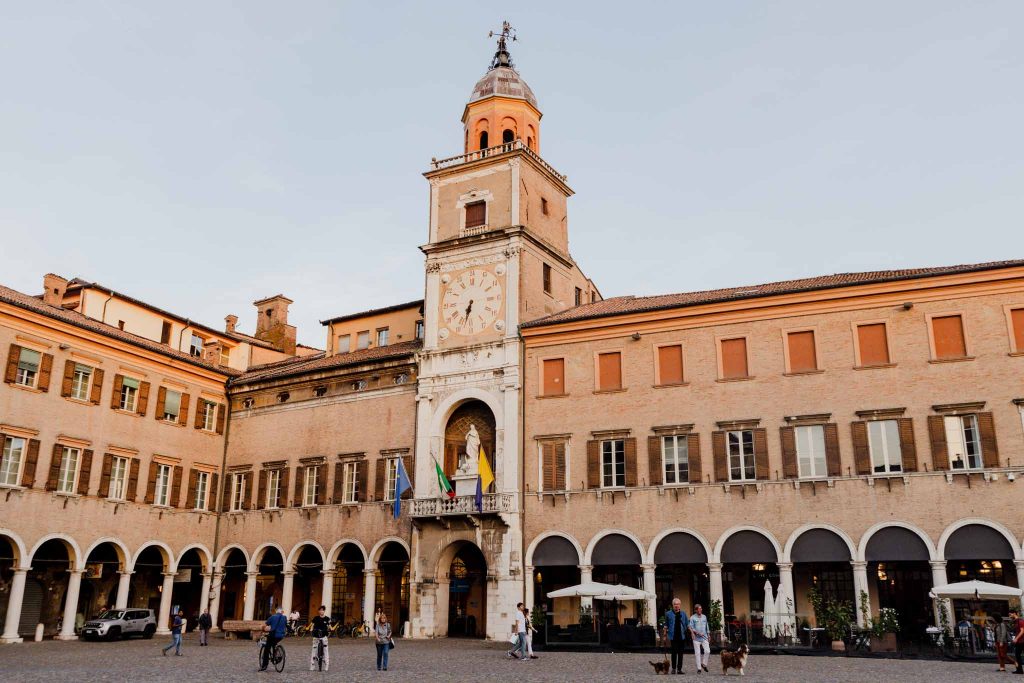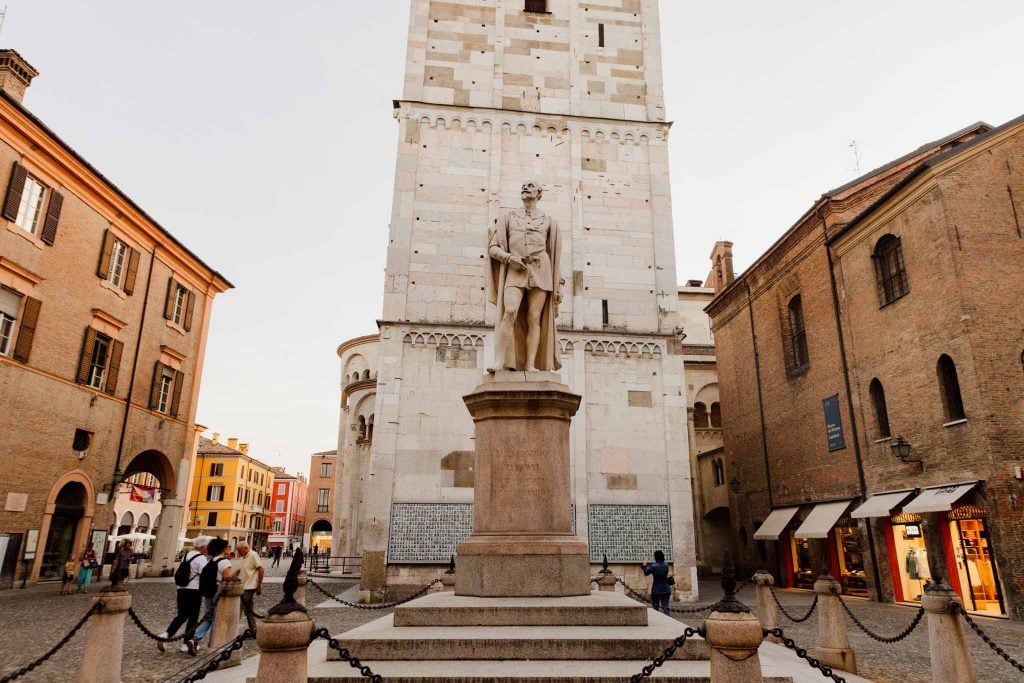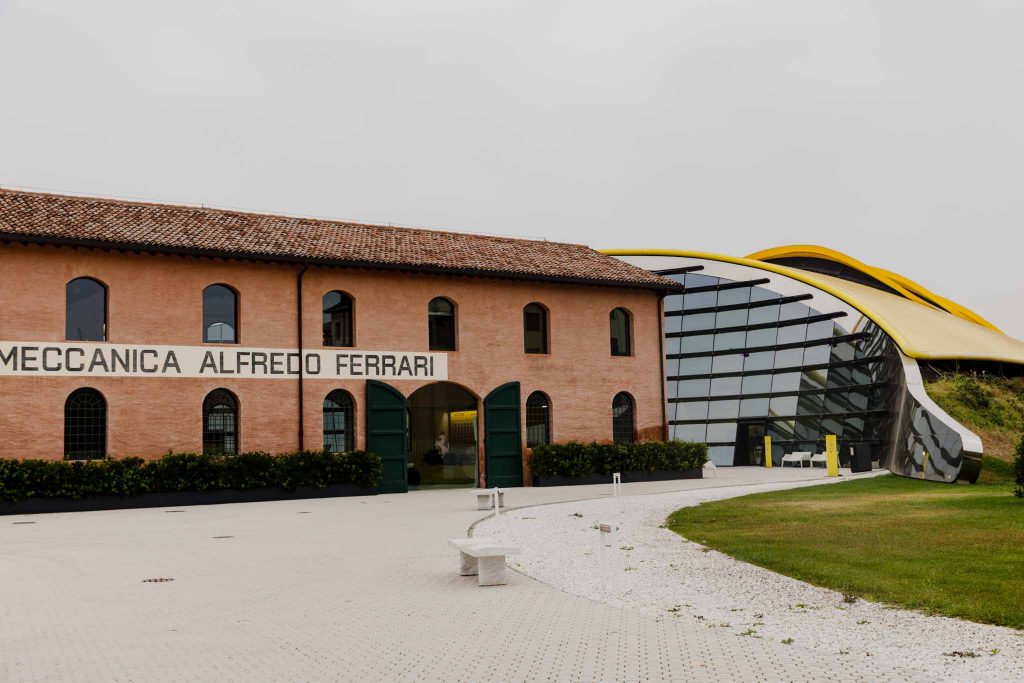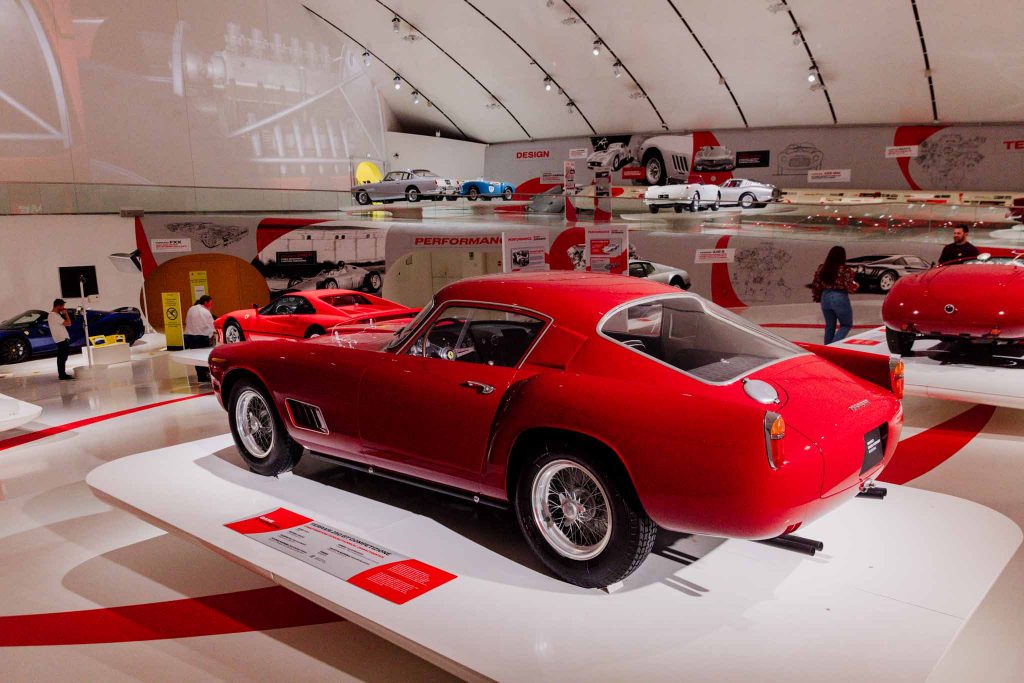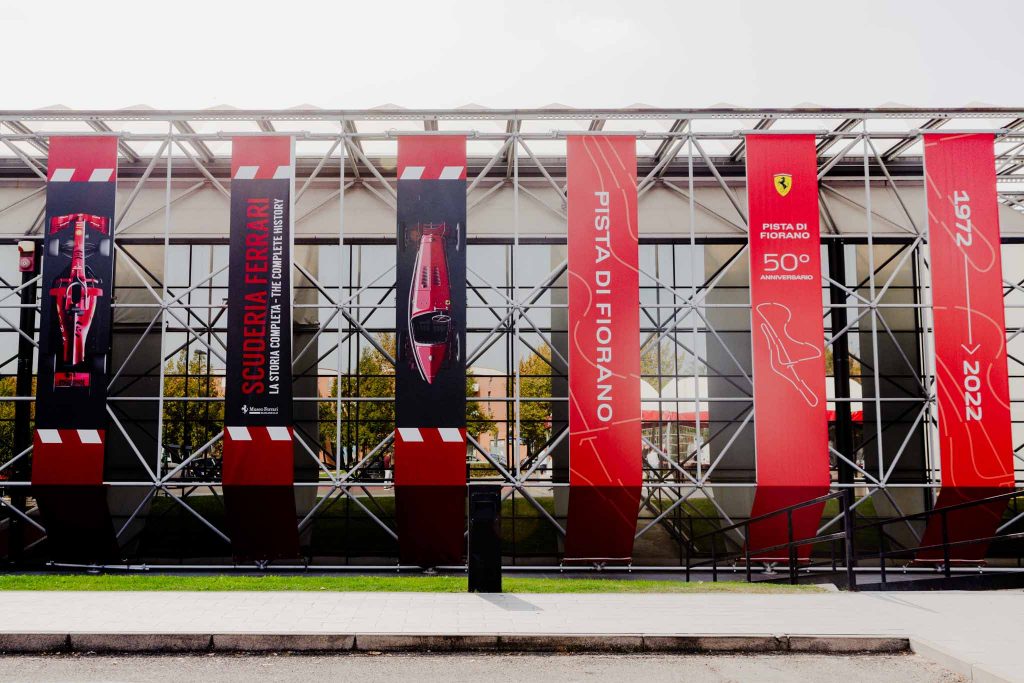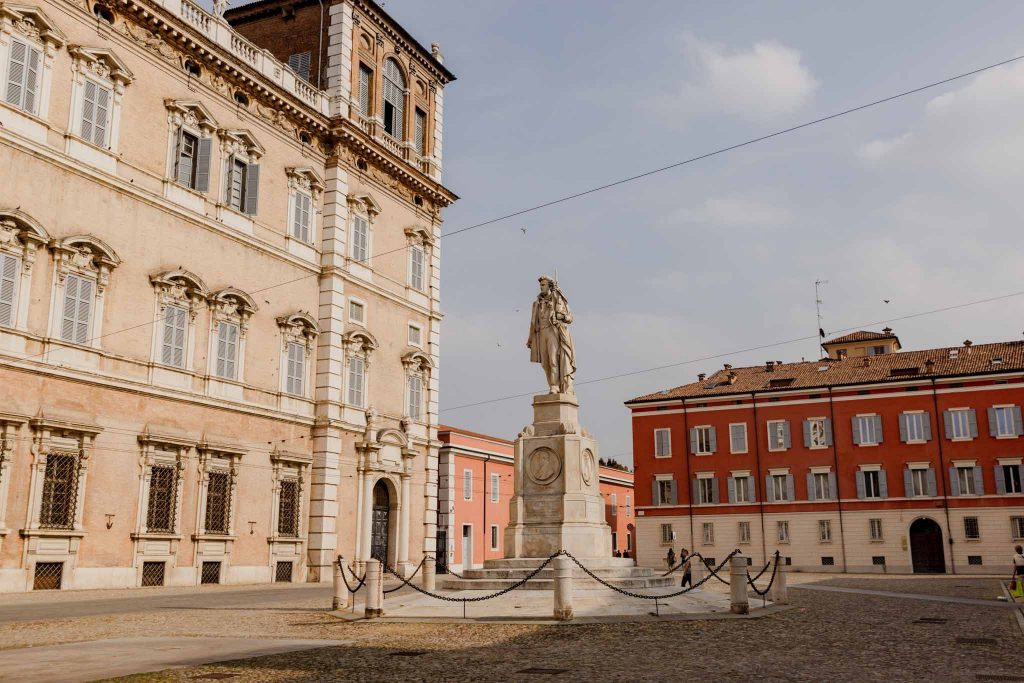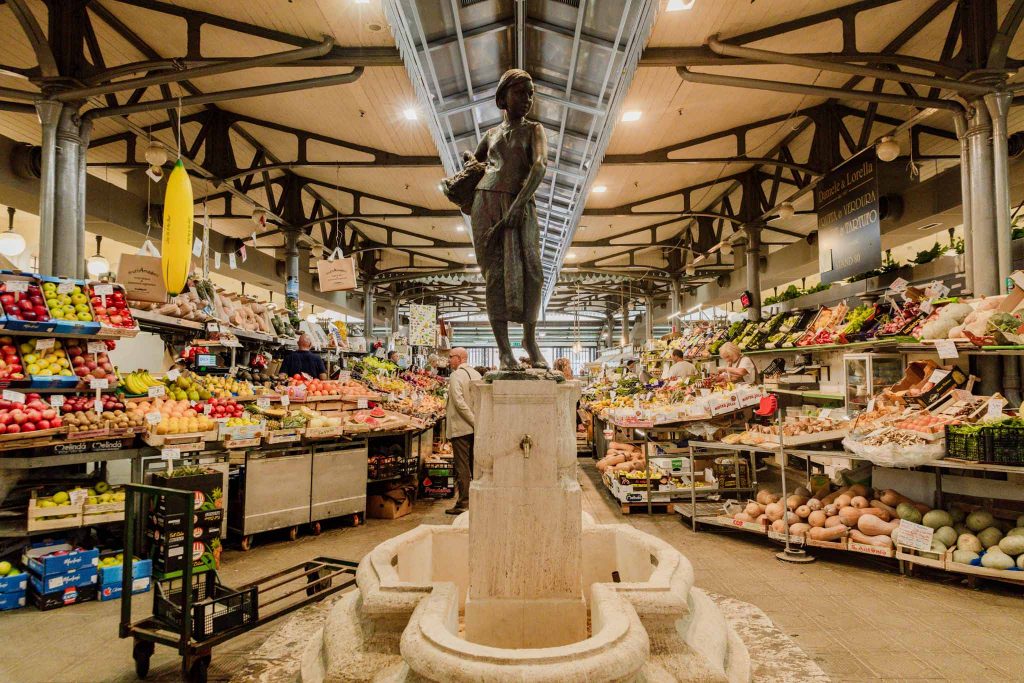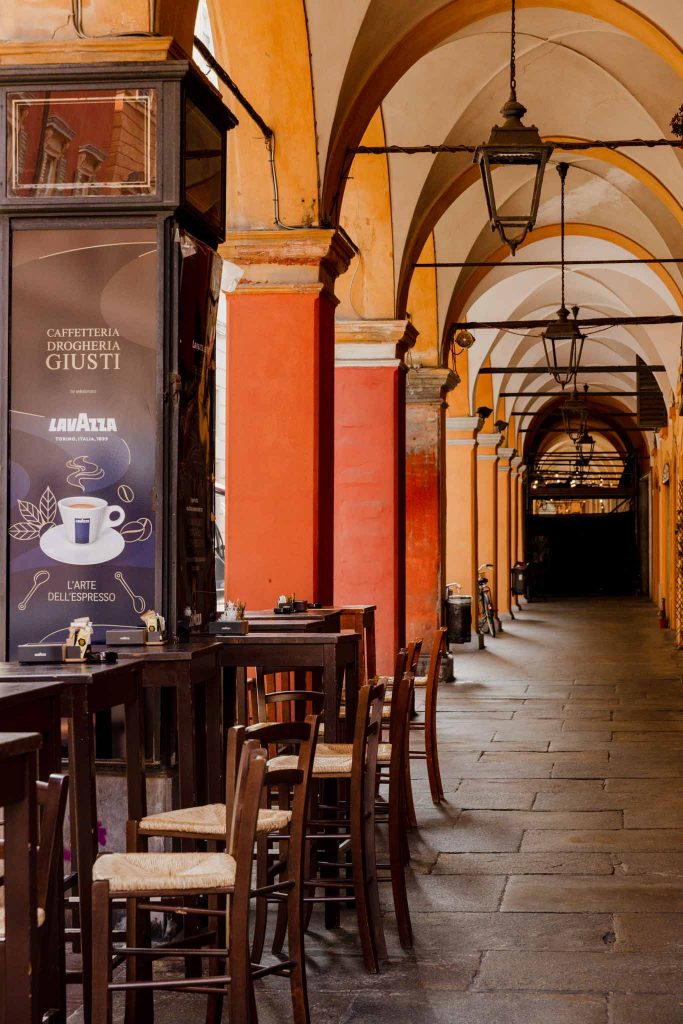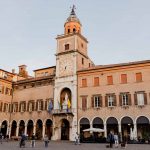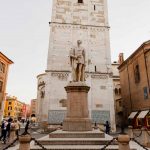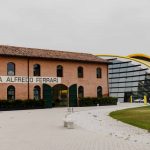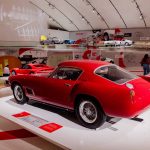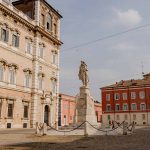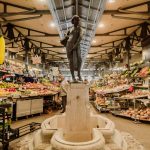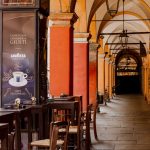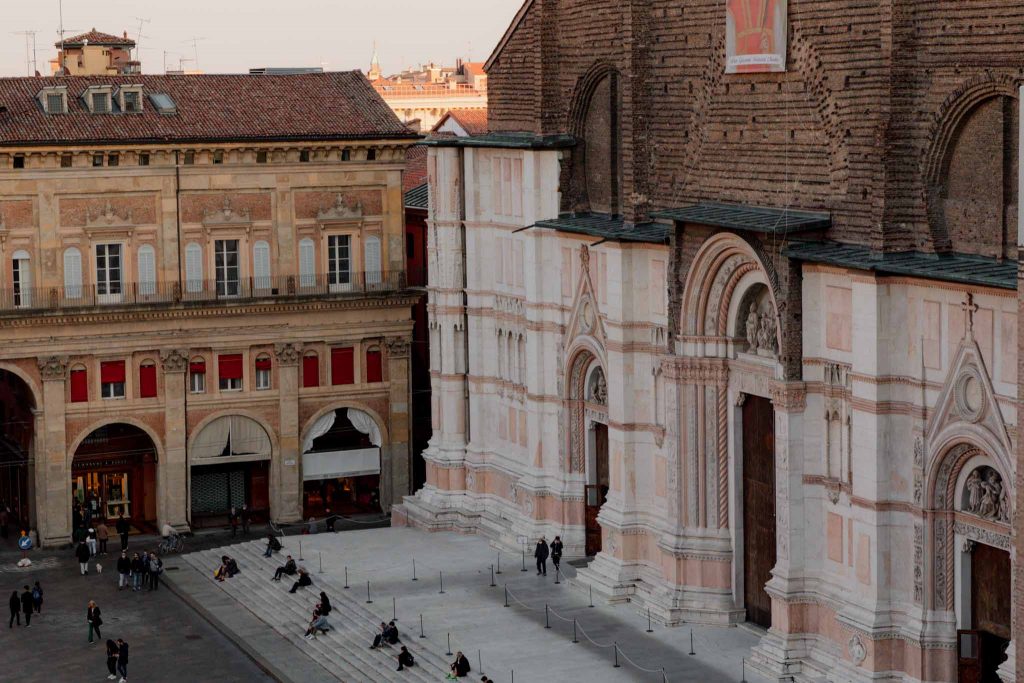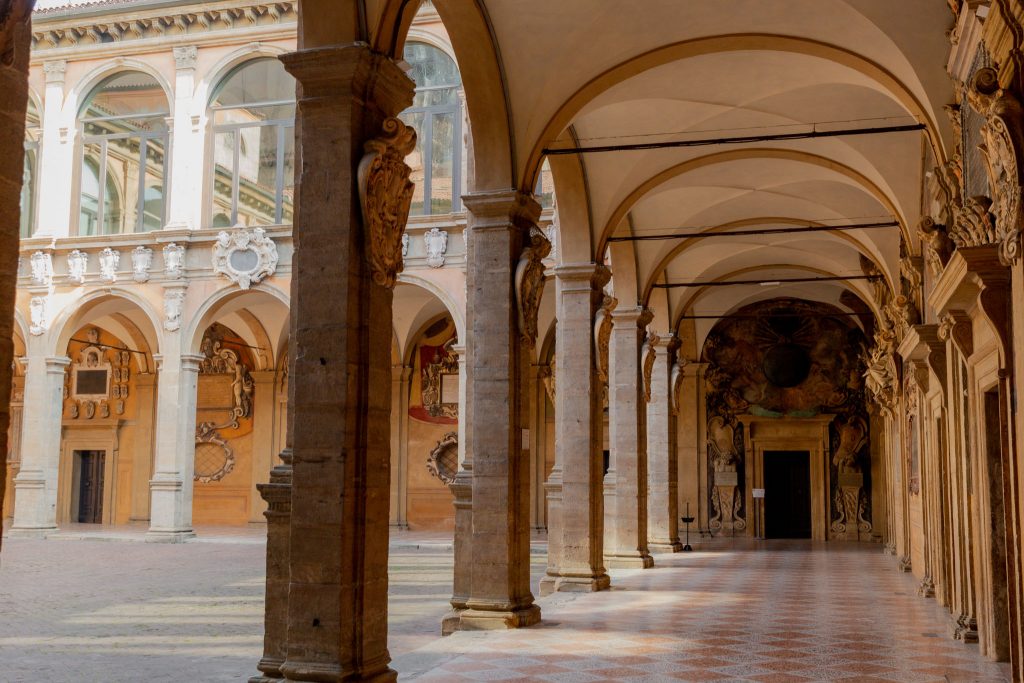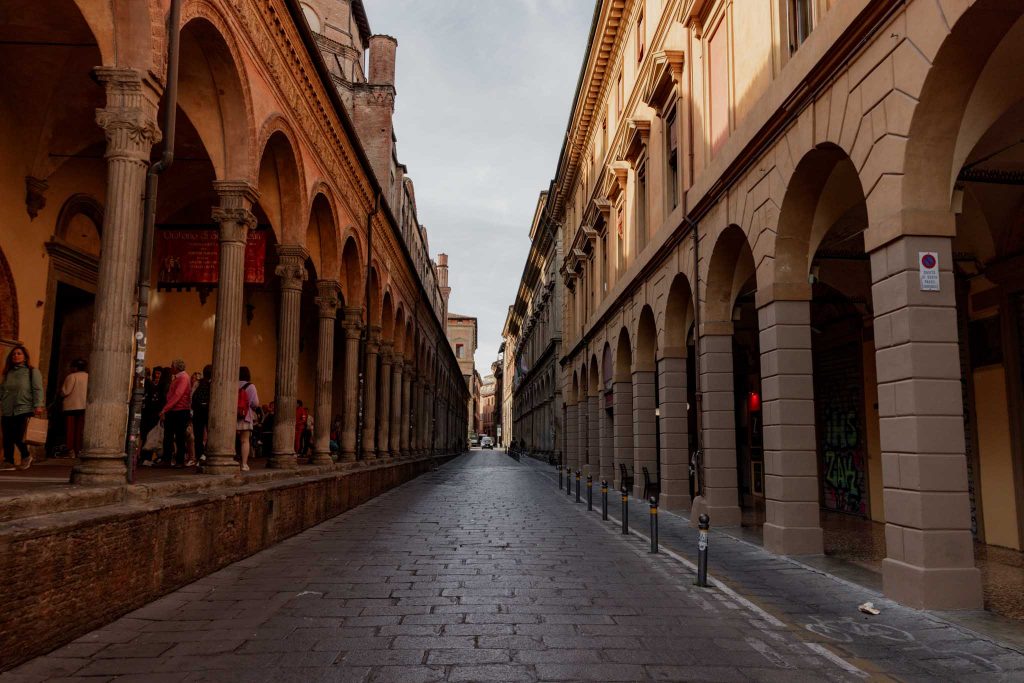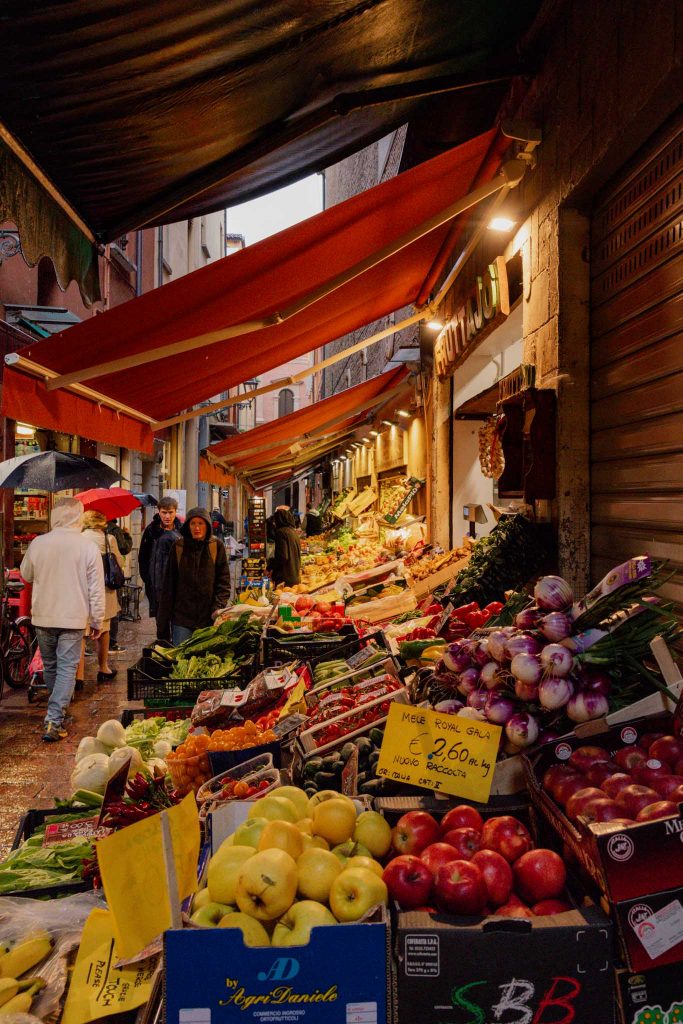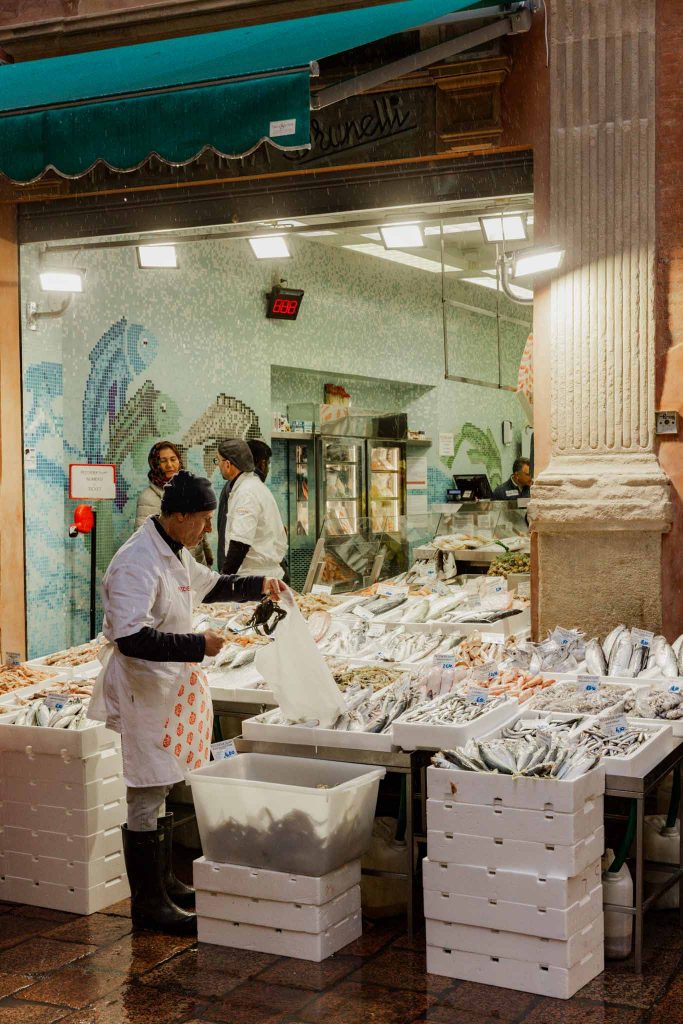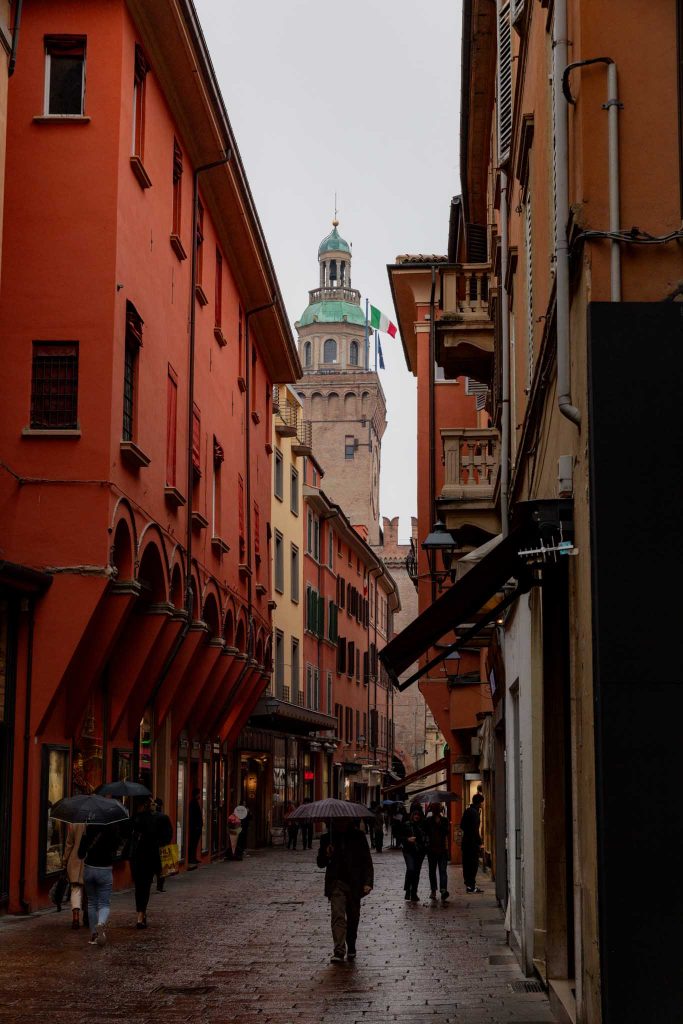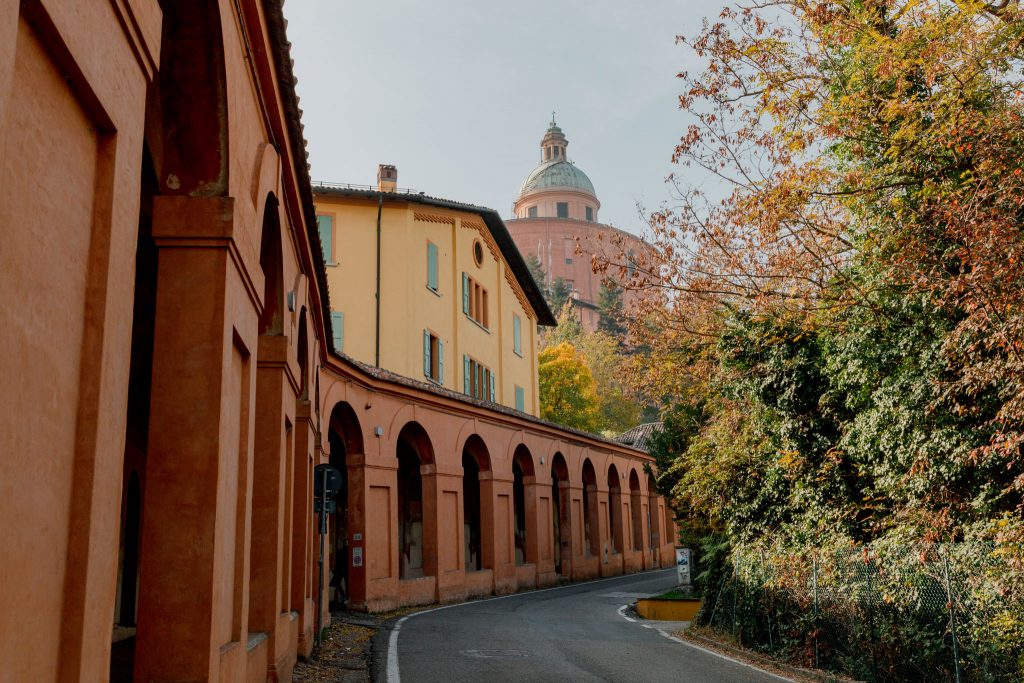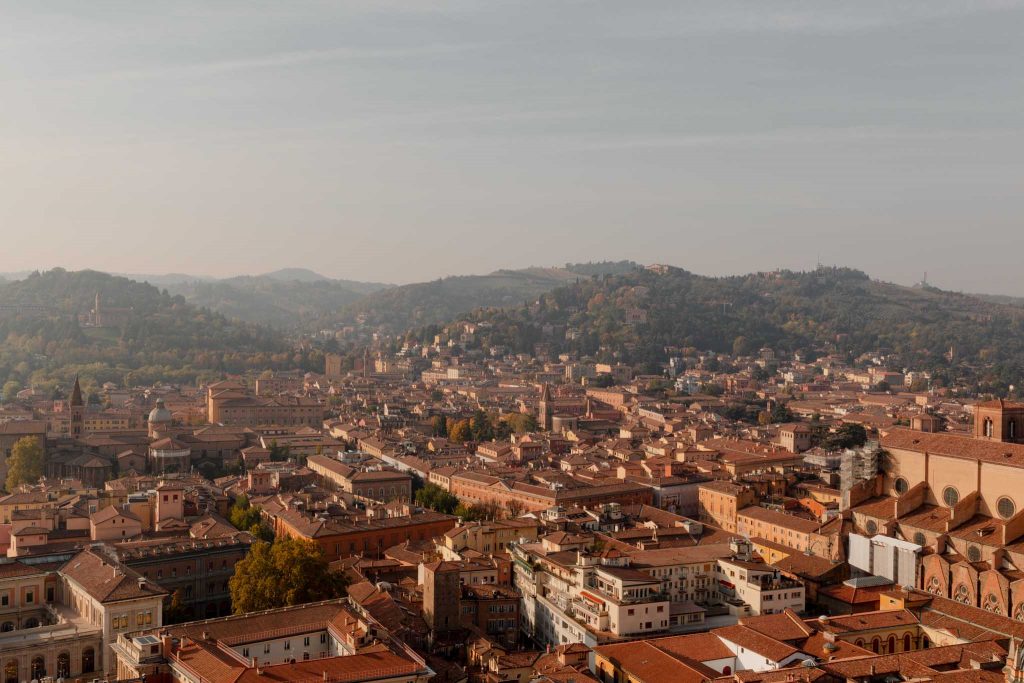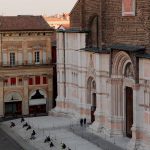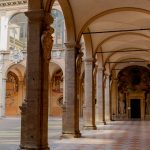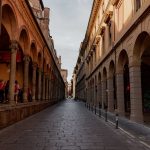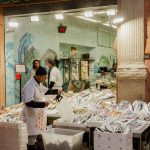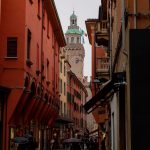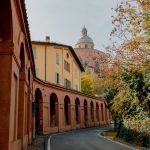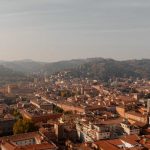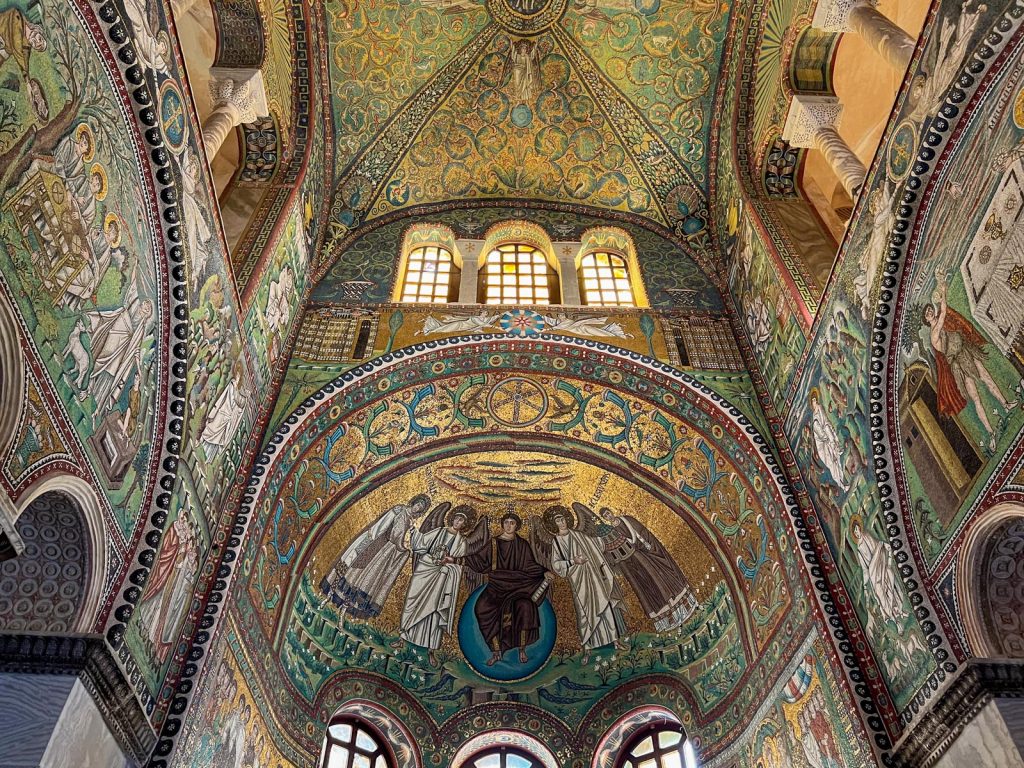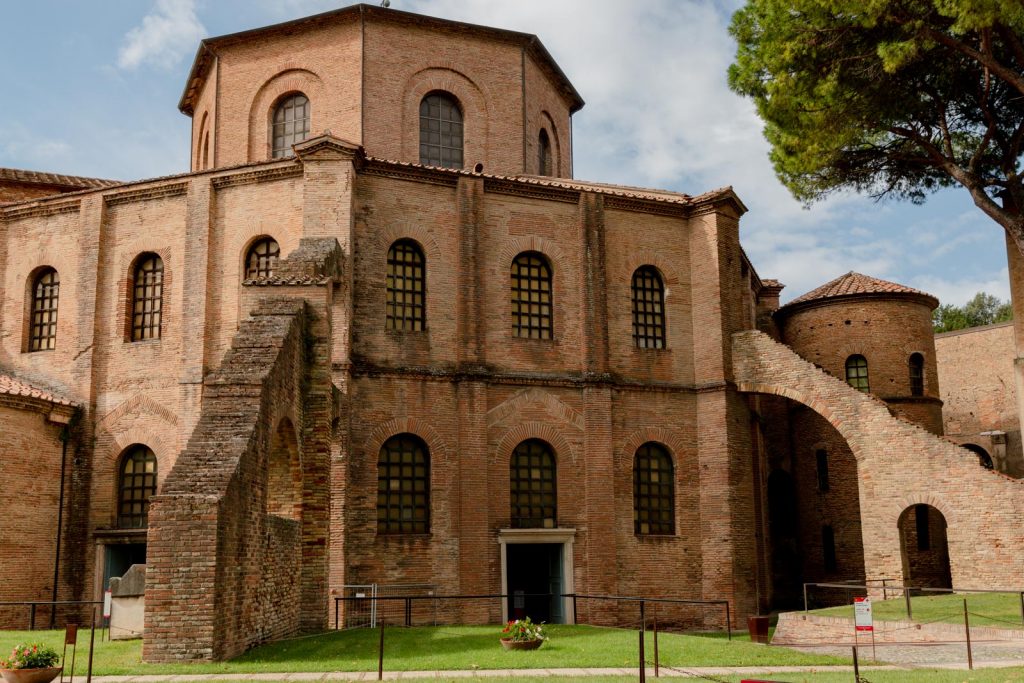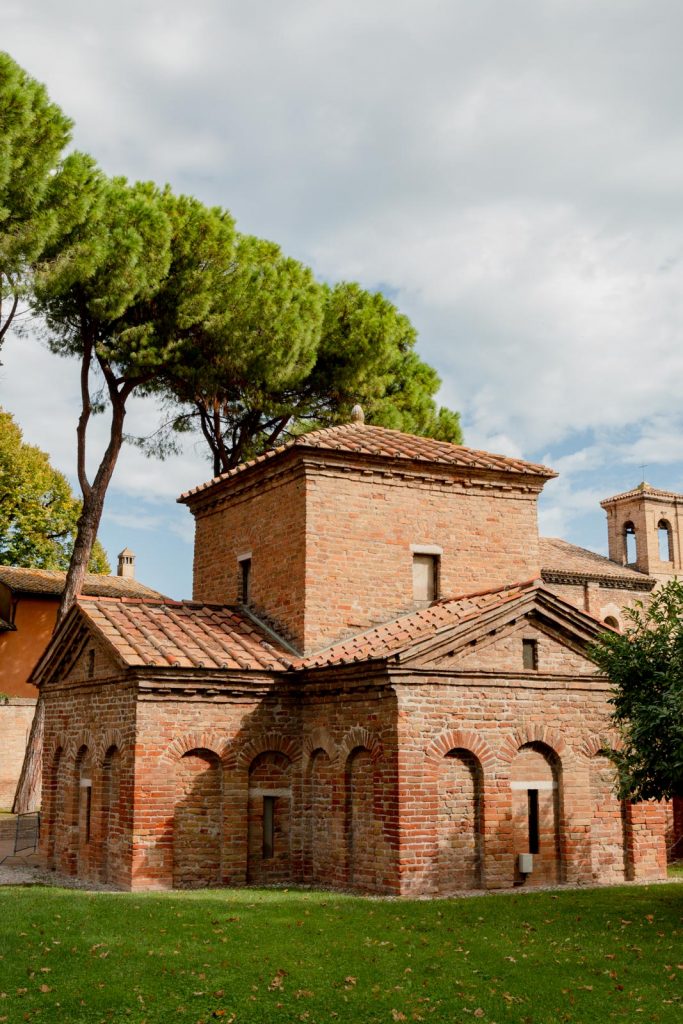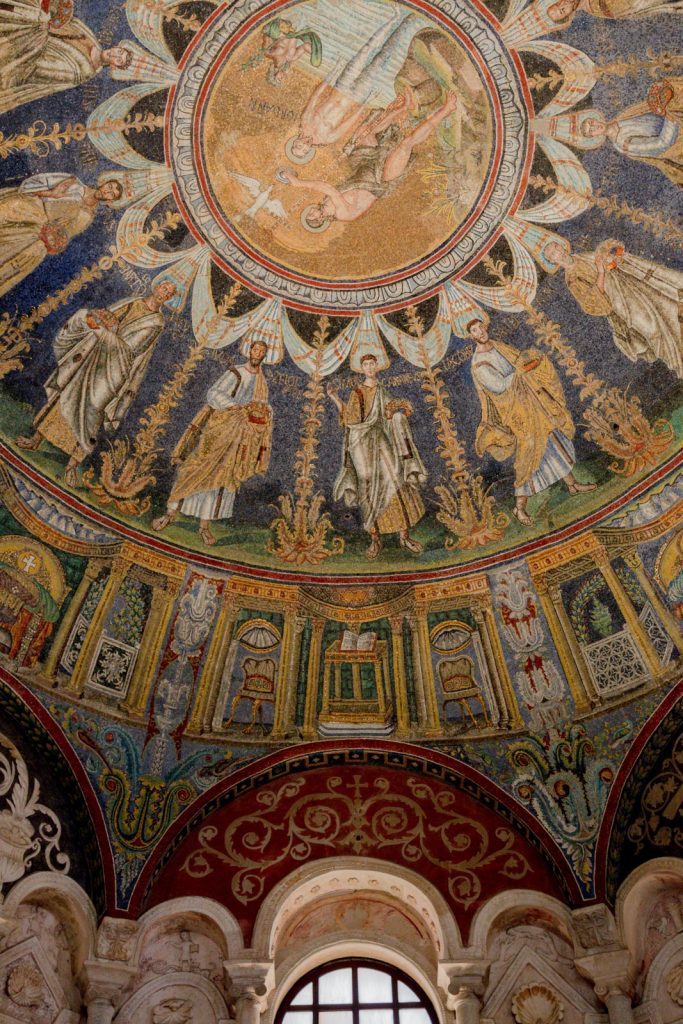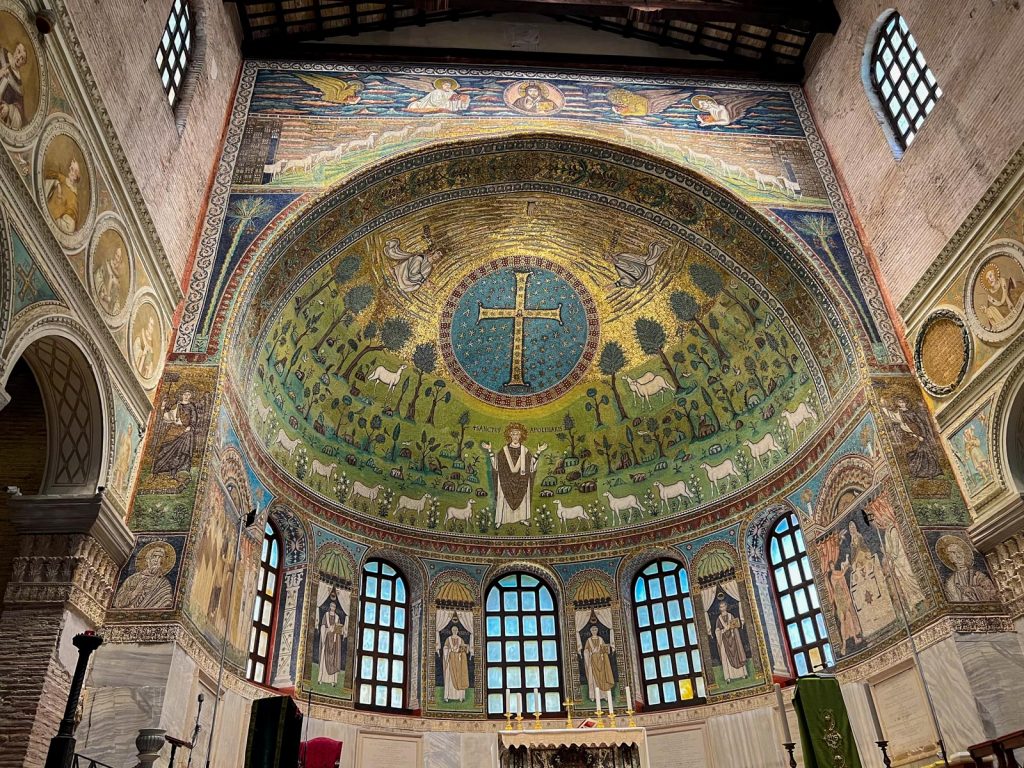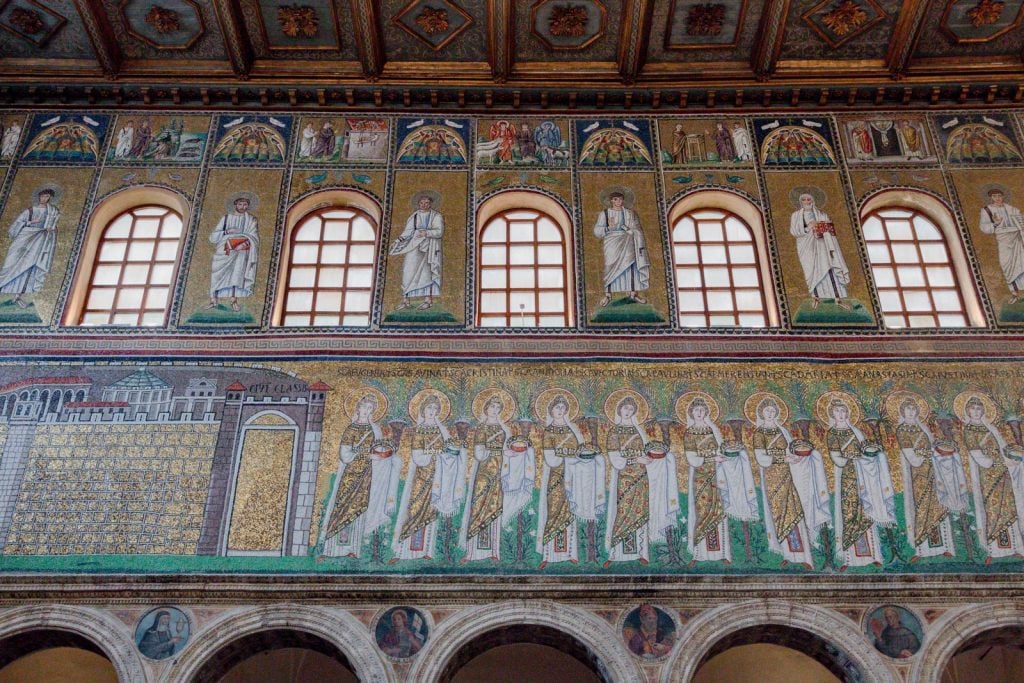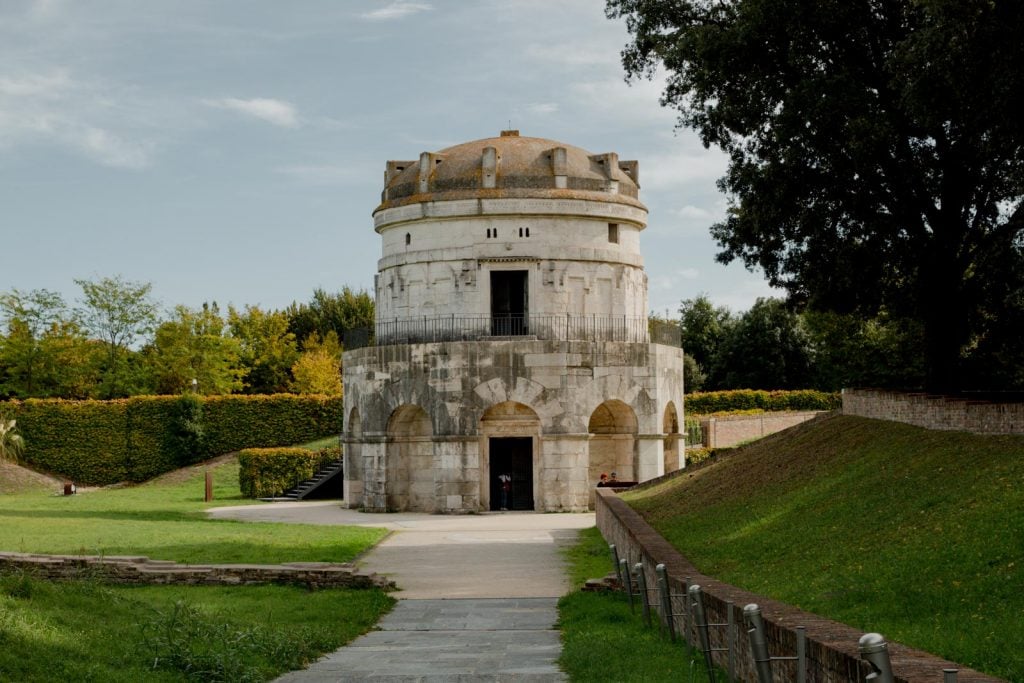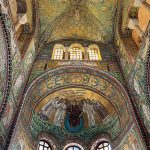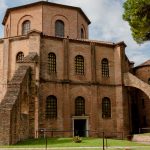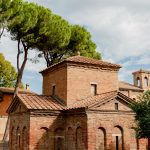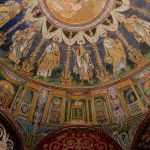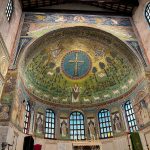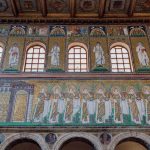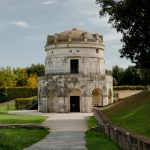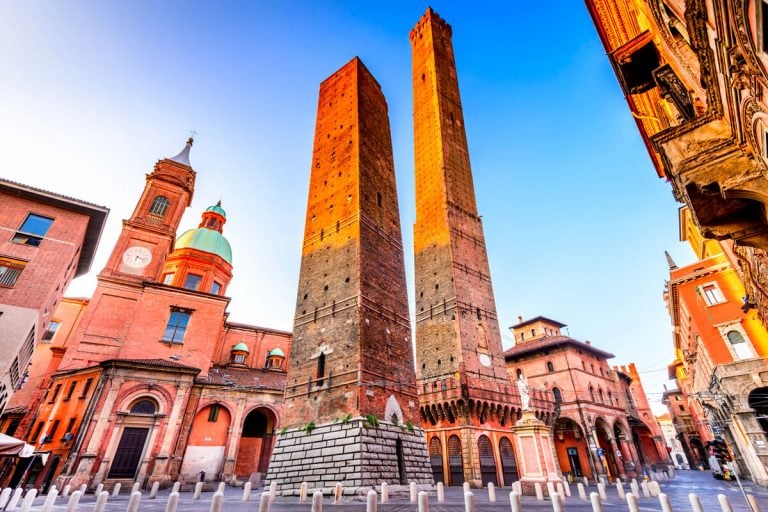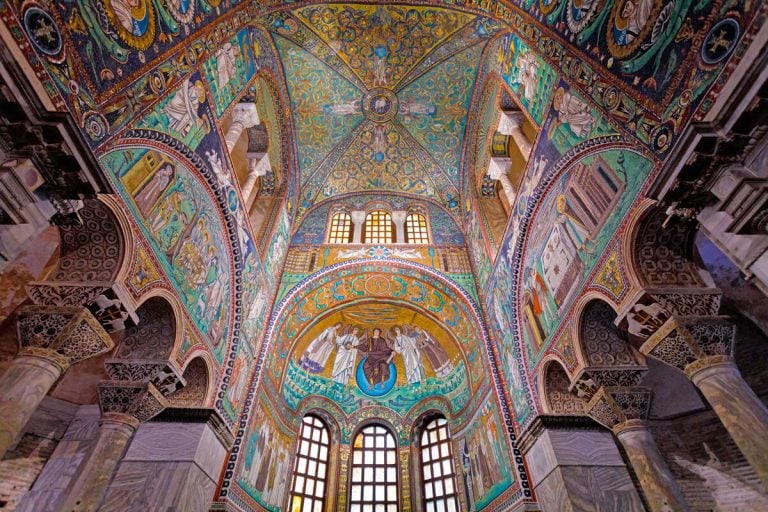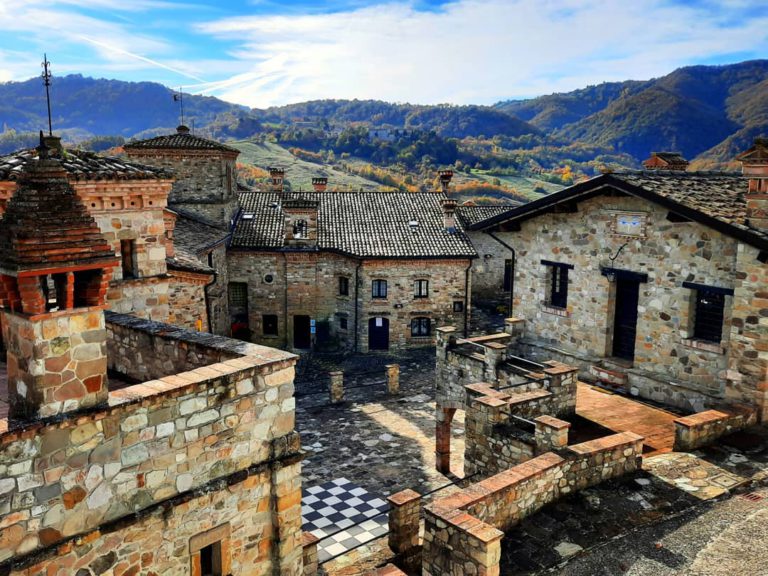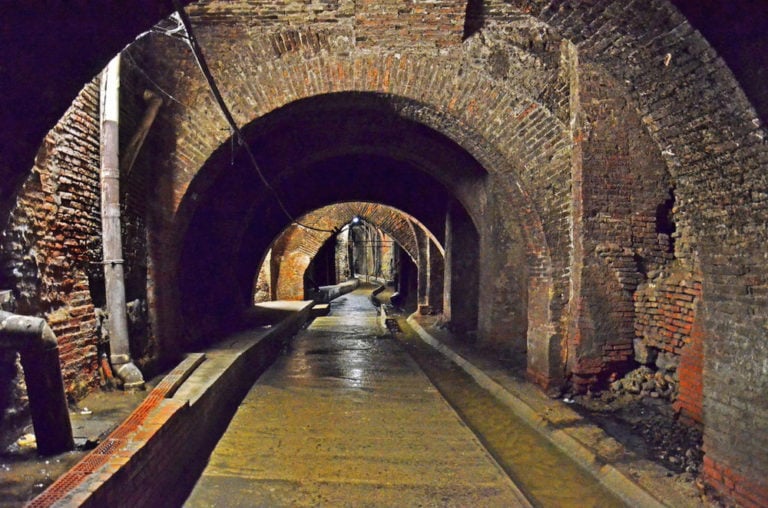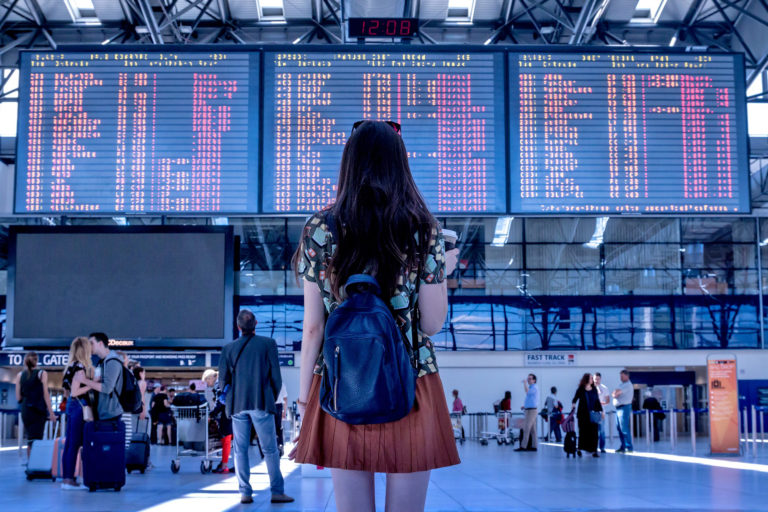
Time
72 h
Step into one of Italy’s most diverse regions, Emilia Romagna, tucked away in the heart of the country. This region is celebrated for its rich traditions, which span from gastronomy and luxury cars to longstanding cultural practices.
While Emilia Romagna merits at least a week to fully explore, this condensed 3-day itinerary showcases the region’s highlights. Begin your journey in Modena, the center of Italy’s Motor Valley. Next, explore the vibrant capital of Bologna, renowned for its exquisite cuisine and medieval charm. Finally, marvel at the ancient Byzantine mosaics in Ravenna.
This itinerary invites you to discover the best of Emilia Romagna, offering a taste of its vast cultural and culinary landscape.
Day 1: Modena
Piazza Grande, Modena | Ph. Jenoa Matthes
Ghirlandina Tower , Modena| Ph. Jenoa Matthes
Museo Ferrari, Modena | Ph. Jenoa Matthes
Museo Ferrari, Modena | Ph. Jenoa Matthes
Museo Ferrari, Maranello | Ph. Jenoa Matthes
Piazza Roma, Modena | Ph. Jenoa Matthes
Albinelli Market, Modena | Ph. Jenoa Matthes
Modena streets | Ph. Jenoa Matthes
Begin your journey in Modena, a city celebrated for its traditional balsamic vinegar and world-class luxury cars. Explore Italy’s Motor Valley with a first stop at the Enzo Ferrari Museum, situated in the very workshop and birthplace of its iconic founder. The museum displays an extensive collection, with vintage Ferrari Red models tracing back to the company’s origins to sleek designs of modern day. From there, you can opt to take the shuttle to the Ferrari racetrack and museum in Maranello or consider visiting the Ducati Museum. Alternatively, you can continue your explorations around Modena itself.
Make your way to Piazza Grande in the heart of the city, a UNESCO World Heritage Site, home to the Duomo di Modena and Ghirlandina Tower. Climb the tower for sweeping panoramic views and step back in time inside the city’s Romanesque-style cathedral.
A visit to the Albinelli Market, the hub of Modena’s culinary scene, is essential. Taste some of the regional specialties; savor a slice of erbazzone, a savory local pie, try a Cotechino sandwich, sample Parmigiano Reggiano and Prosciutto, or indulge in a meal at one of the market’s restaurant stalls.
Continue your sightseeing at the Galleria Estense, where you can admire an impressive collection of art that includes a marble bust by Bernini and masterpieces by El Greco and Correggio.
Conclude your visit with a stop at a local acetaia, where you can experience a tasting of traditional balsamic vinegar, meticulously aged for a minimum of 12 years in a variety of wooden barrels.
Day 2: Bologna
Basilica di San Petronio, Bologna | Ph. Jenoa Matthes
Archiginnasio, Bologna | Ph. Jenoa Matthes
Via Zamboni, Bologna | Ph. Jenoa Matthes
Bologna street food market | Ph. Jenoa Matthes
Bologna street food market | Ph. Jenoa Matthes
Quadrilatero, Bologna | Ph. Jenoa Matthes
San Luca Portico, Bologna | Ph. Jenoa Matthes
Bologna from above | Ph. Jenoa Matthes
Only a 30-minute train journey from Modena, venture to Bologna early in the morning for a full day in the region’s bustling capital. Home to over 100 gelato shops, delicious family-run trattorias, and over 62 km of porticoes, Bologna offers a captivating mix of Medieval architecture and world-renowned cuisine.
Start your visit by strolling beneath Bologna’s UNESCO World Heritage porticoes until you reach the Piazza Maggiore. From here, take yourself on a self-guided walking tour to some of the city’s highlights.
Begin at the Fountain of Neptune, Bologna’s first public fountain, commissioned by the Pope in the 16th century. Continue across the square to the Basilica di San Petronio, an imposing structure dating back to the 14th century that remains unfinished. Inside, be sure not to miss Cassini’s Meridian line and the Chapel of the Magi, adorned with Giovanni di Pietro Falloppi’s frescoes.
A short walk from Piazza Maggiore leads you to one of Bologna’s most significant historic sites: The Archiginnasio. This centuries-old palace once housed the University of Bologna, the oldest university in the western world. Visit the Anatomical Theater inside and admire the elaborate wood carvings and frescoes that decorate both the walls and ceiling.
The iconic Two Towers, Le Due Torri, stand sentinel over the city center. For panoramic views, climb nearly 500 steps to the top of the Asinelli Tower and enjoy the spectacular views of the city’s red roofs and hills in the distance.
No visit to Italy’s culinary capital is complete without sampling its hearty local dishes. Start with a selection of cured meats, such as Mortadella and Salame Rosa, accompanied by fried bread known as Crescentine. For the main course, delve into Bologna’s famed pasta dishes: Tagliatelle al ragù, Lasagna al ragù, and Tortellini in brodo. If you’re still hungry, try the Cotoletta alla Bolognese, a fried veal cutlet topped with Prosciutto, for an indulgent second course.
Day 3: Ravenna
Mosaics in Basilica di San Vitale, Ravenna | Ph. Jenoa Matthes
Basilica di San Vitale, Ravenna | Ph. Jenoa Matthes
Mausoleo di Galla Placidia, Ravenna | Ph. Jenoa Matthes
Mosaics in Battistero Neoniano, Ravenna | Ph. Jenoa Matthes
Mosaics in Basilica di Sant’Apollinare in Classe, Ravenna | Ph. Jenoa Matthes
Mosaics in Basilica di Sant'Apollinare Nuovo, Ravenna | Ph. Jenoa Matthes
Mausoleo di Teodorico, Ravenna | Ph. Jenoa Matthes
On your final day, journey by train to the Adriatic side of Italy to explore Ravenna, a city famed for its dazzling 5th and 6th century Byzantine mosaics. With eight UNESCO World Heritage Sites, it’s possible to visit all of them in a single day, though it’s wise to book your tickets online in advance to ensure a seamless experience.
Begin your tour at the most celebrated of these sites, the Basilica di San Vitale. Here, you’ll encounter spectacular mosaics, including a rare depiction of Empress Theodora alongside her husband, Emperor Justinian.
Continue by meandering through the city’s quaint streets to the other remarkable sites, including the Mausoleo di Galla Placidia, Basilica di Sant’Apollinare Nuovo, Battistero Neoniano, Battistero degli Ariani, Cappella di Sant’Andrea, Museo Arcivescovile, the Mausoleo di Teodorico, and finally at the Basilica di Sant’Apollinare in Classe.
In addition to the mosaics, you can also visit Dante’s Tomb and the Basilica di San Francesco, the site of Dante’s funeral.
For lunch, indulge in a local specialty, the Piadina – a thin flatbread filled with a choice of meats, cheeses, and other toppings such as mushrooms or onions. Given Ravenna’s proximity to the sea, don’t miss the opportunity to savor some freshly caught seafood for dinner, rounding off your exploration of this historic city.
Author
Jenoa Matthes
Jenoa is a seasoned travel writer with a focus on European destinations. You can find all of her insider tips on her blog The Travel Folk.
You may also like
10 good reasons to come in Emilia Romagna
by Davide Marino /// February 22, 2018
The Unesco Cities of Emilia-Romagna
by Davide Marino /// November 8, 2018

Interested in our newsletter?
Every first of the month, an email (in Italian) with selected contents and upcoming events.
Discover Ravenna (Emilia-Romagna, Italy): Best Things to Do in the city
by Davide Marino /// November 16, 2017
